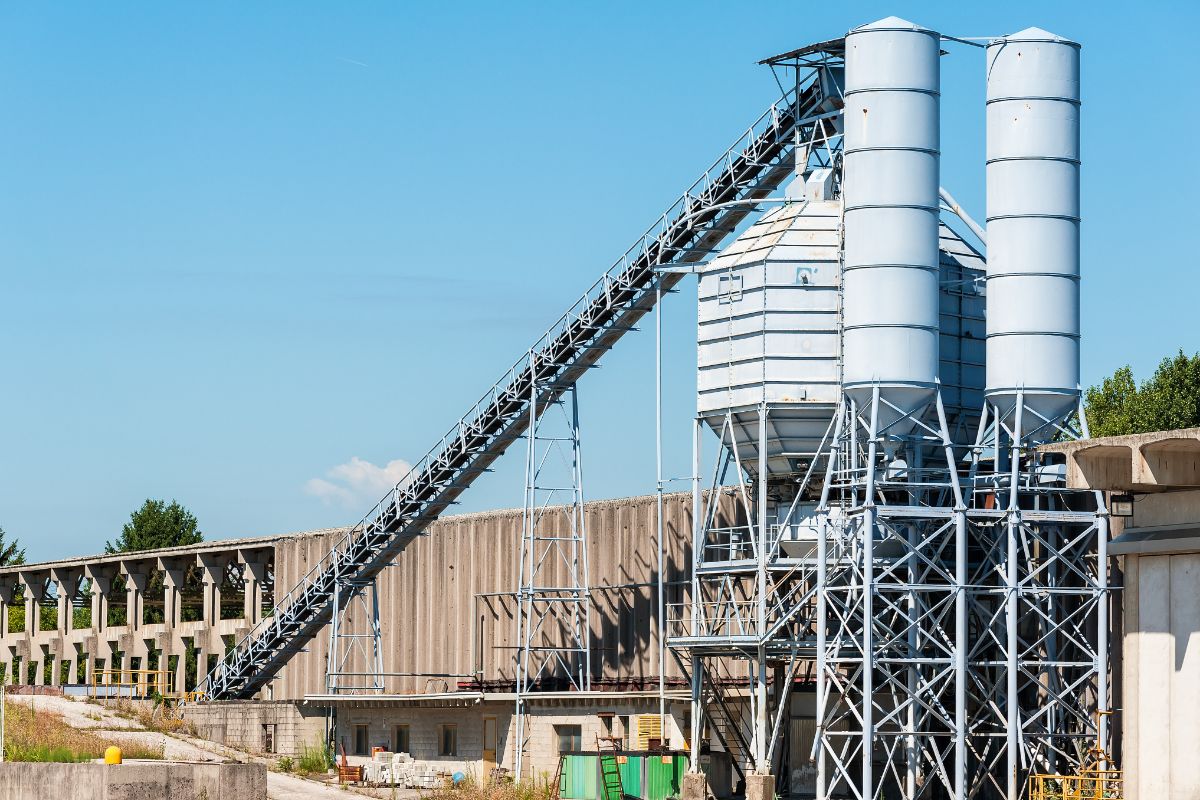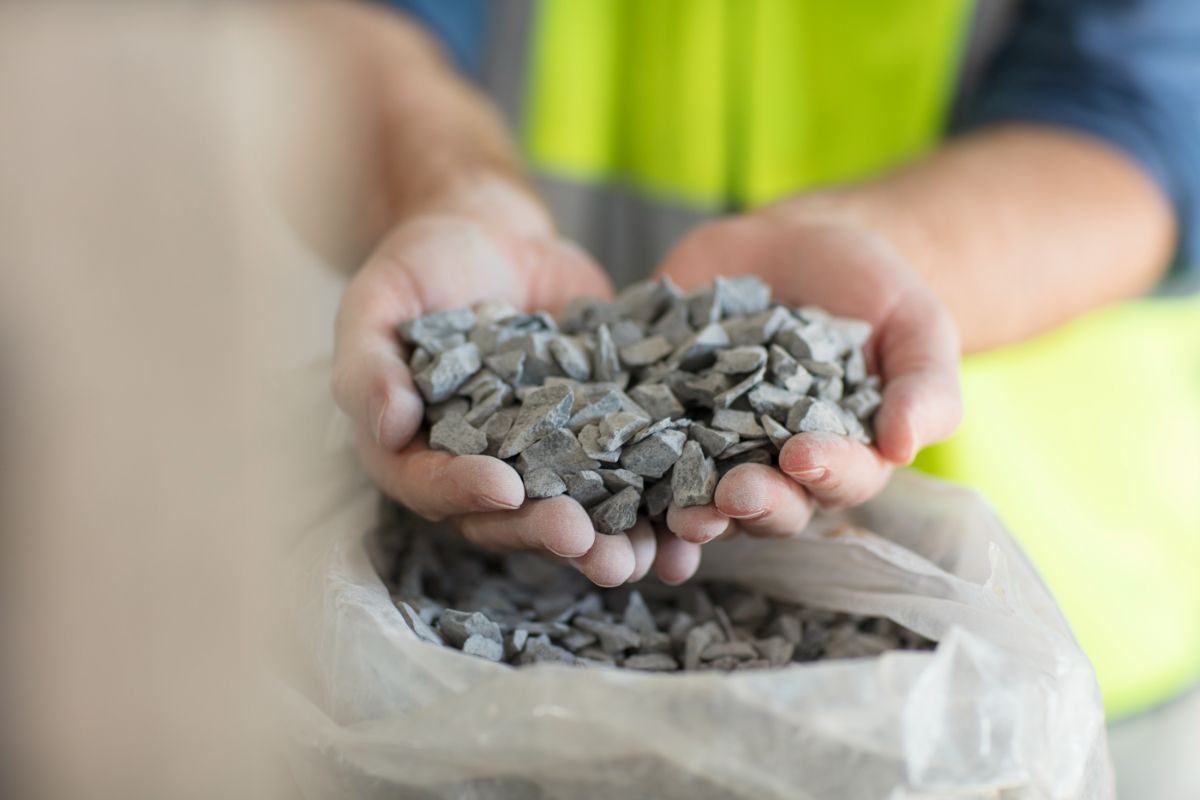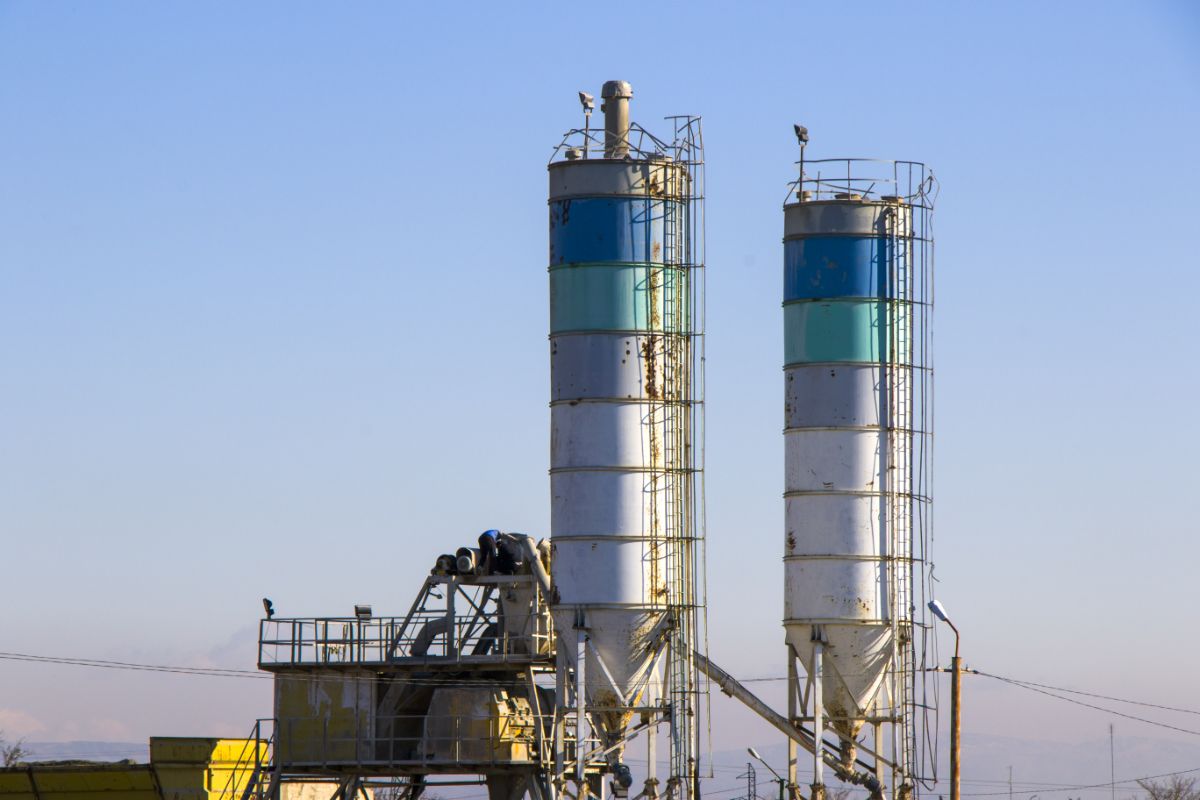

Overview
- Concrete plays a fundamental role in construction, forming the backbone of structures like floors, foundations, pavements, and walls.
- This article highlights the central role of batching plants in transforming raw materials into foundational components for construction.
- It summarizes the seamless process, from mixing to delivery, emphasizing its role in ensuring the concrete meets engineering specifications and contributes to construction project success.
Embarking on a construction project demands a profound understanding of the operational intricacies that bring architectural designs to life. At the core of this intricate process stands the batching plant—a facility where precision and engineering harmonize.
In this article, we answer the question – how does a batching plant work? We delve into the meticulous procedures that transmute raw materials into the foundational components of infrastructure. Keep reading to learn more!
In the initial phase of batching plant operations, aggregate feeding is a meticulously executed process. The plant’s aggregate bins are strategically positioned to receive various types and sizes of aggregates. This includes sand, gravel, and crushed stone.
The batching plant prepares for aggregate feeding by precisely measuring and dispensing the required quantities. This preparation lays the foundation for the subsequent stages, contributing to the production of high-quality, ready-mixed concrete for diverse construction applications.
Aggregate feeding involves the controlled and systematic introduction of various aggregates into the concrete mix. This critical phase employs a series of conveyors and automated systems to transport specific quantities of aggregates, including sand, gravel, and crushed stone, to the designated storage bins.
There are instruments used to measure and regulate the flow. This ensures accurate proportions for the desired concrete mix. This process sets the stage for subsequent stages in concrete production. It lays the groundwork for consistency, quality, and customized formulations tailored to meet the precise requirements of construction projects.

Afterward, the batching plant uses manual or digital scales to weigh the materials. Each component, from sand to gravel, is allotted to its specific weight, adhering to the required proportions. Water, a critical ingredient, is also either weighed or measured volumetrically, entirely separate however from the aggregate weighing process.
These stringent measurements lay the foundation for creating a concrete mix of exceptional quality, ultimately contributing to the strength and reliability of construction projects.
Following the precise weighing of aggregates, the calculated components are efficiently conveyed to the mixing unit. Conveyor systems, guided by automation, are the machines that transfer the aggregates.
The careful allocation of each component ensures that they reach their predetermined destinations within the mixing unit with precision. Because of this, the transfer is not merely a logistical transition but a precision-focused bridge between measured quantities and the intricate blend that will define the concrete’s composition.
During the addition of cement, the binding agent of concrete, precise dispensing takes place to meet the specific requirements of the mix. Simultaneously, water, a crucial component of the concrete, is introduced with precision.
This process ensures the fusion of key ingredients, resulting in a concrete mix characterized by quality and strength. The careful balance achieved during the addition of cement and water is critical for meeting stringent construction standards. This ensures ensuring the final concrete product is well-suited for a variety of construction applications, from structural foundations to intricate architectural elements.

When the cement mixture is introduced into a twin-shaft mixer, an intricate process of homogenization and blending takes place. The mixer’s dual, counter-rotating shafts ensure thorough mixing. This combines cement, aggregates, water, and additives with efficiency. This mechanical synergy creates a consistent, high-quality concrete blend.
The mixer’s intense agitation facilitates the dispersion of cement particles. This promotes uniformity and minimizes clumps. As the mixture progresses, it undergoes multiple folds and shears, enhancing cohesion. The result is a well-balanced concrete mix, crucial for achieving the desired strength, durability, and workability in various construction applications.
After the cement is thoroughly mixed in the twin-shaft mixer, the homogenized concrete is loaded into concrete trucks for transportation to the construction site. The mixing process ensures uniformity, essential for consistent material properties.
During transport, the truck’s revolving drum prevents segregation, maintaining the mix’s integrity. Upon arrival, the concrete is discharged via the truck’s chute or pump. Timely placement and proper curing follow to maximize the mix’s strength and durability.
This seamless process, from mixing to delivery, ensures the concrete’s quality, meeting engineering specifications and contributing to the success of construction projects.
So how does a batching plant work? From meticulous equipment calibration to the precise allocation of aggregates, the concrete batching plant orchestrates a precision-driven process of making concrete. This meticulous journey ensures that the concrete mix produced sets the highest standards for strength and reliability. This prolongs the structural integrity and longevity of construction projects.
Explore the impact of Big Ben’s top-tier ready mix concrete in the Philippines on your construction ventures. Our carefully formulated, superior-quality concrete is designed to align with your specific requirements, delivering both strength and dependability. For inquiries or to discuss potential collaborations, feel free to contact us.